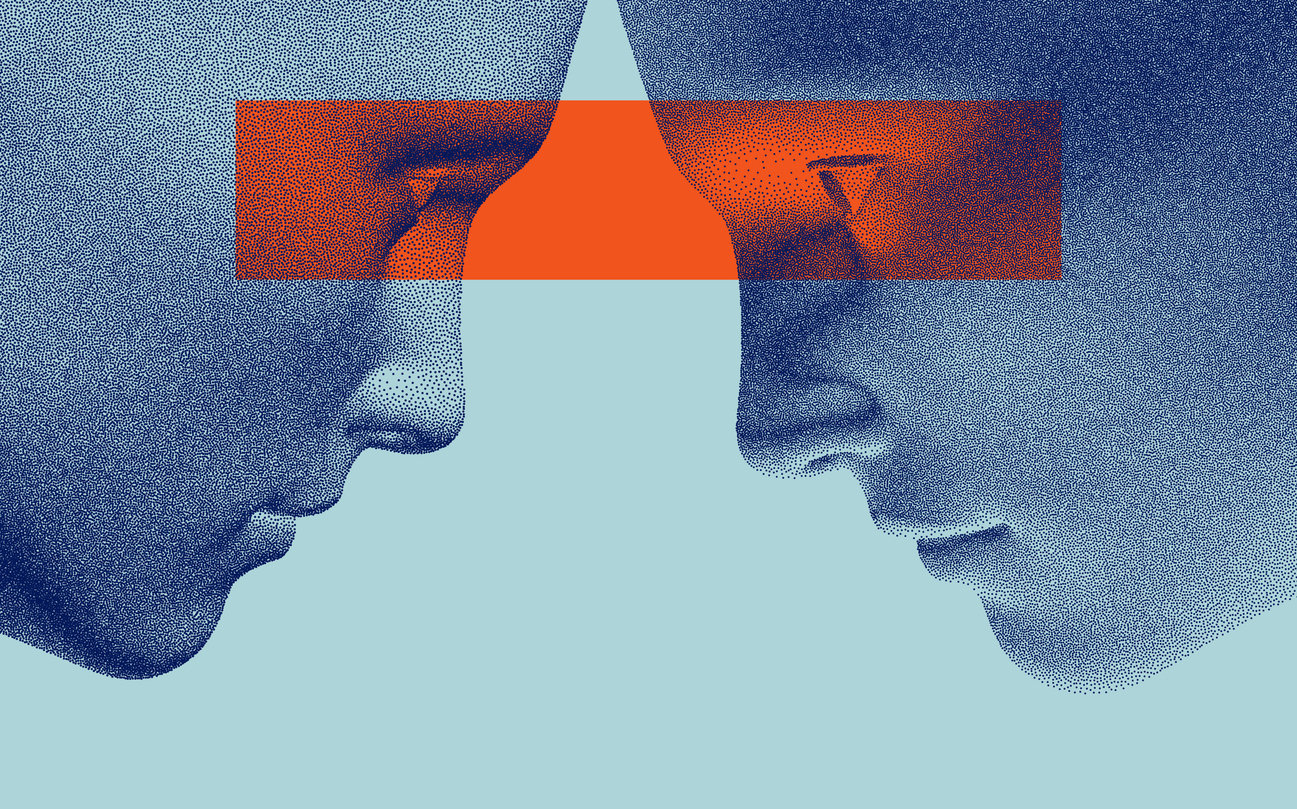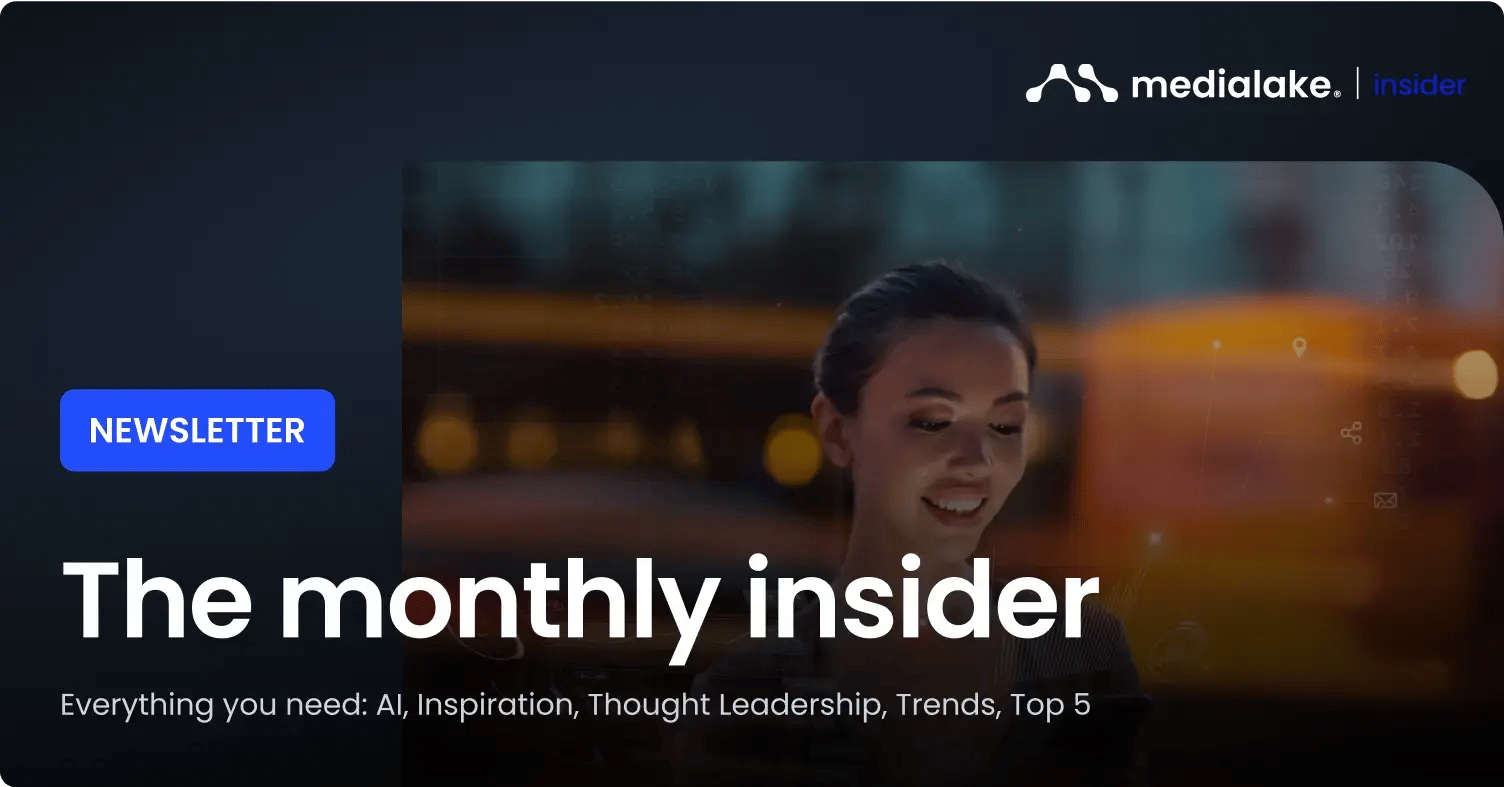Why AI is your sidekick, not your replacement

(or…we still need creative directors)
With every wave of technology, there are the early adopters, and then there are the more reserved early adapters: it happened with websites and social and it will happen with generative AI.
The initial gold rush will be tempered as practical business use cases are revealed. Social is perhaps the best example. When it all kicked off in the ’00s, the play was newsjacking, or funny, irrelevant, irreverent content to maximize reach and engagement. Fast forward to 2024, and the platforms are more customer service and information – its role is more functional than pure fun.
AI is going through the same trajectory, albeit at a much more rapid pace. When ChatGPT was unveiled in November 2022 it was hailed as both the saviour and the destroyer of the creative industries.
There must have been a fair few CFOs rubbing their hands at the prospect of removing whole creative departments (and strategy departments) with a few prompts.
In March 2023, Forbes reported that half of US jobs would be replaced by AI by the end of the year (that’s last year, that’s 2023). Ten months later, in November 2023, Elon Musk was fantasizing to the British Prime Minster that none of us would need to work as “no job is needed” except for "personal satisfaction". Not just half the workforce would be out of a job. We all would be. Including Rishi Sunak.
But, as users and brands began to use ChatGPT and other generative AI large language models to create content, strategies, and images, and to do so in anger, rather than messing about or doing their children’s homework… the realization grew that it’s far from a replacement for anyone yet. Even an incumbent prime minister.
As Guy Carberry UX Director at the Torpedo Group brilliantly put it: “Having spent a while experimenting with gen AI, I find checking the accuracy of the work often takes longer than doing the job from scratch myself. And it’s far less fun.”
On her blog Professor Shailey Minocha, Professor Emerita of Learning Technologies and Social Computing at The Open University in the UK ran through examples of gen AI not delivering on the promise its louder supporters supposed:
- Air Canada had to pay one customer a discount which had been wrongly arranged by its AI chatbot. But only after the airline claimed in a court case the customer shouldn’t have trusted the chatbot as the chatbot was a separate legal entity. (insert upside down emoji face here…) 🙃
- The meme-inducing ‘Willy’s Chocolate Experience’ in Glasgow, Scotland for which AI generated the website and the marketing. (AI promise = vivid world of fantasy. Reality = very grey, very disappointing)
- The Sydney Morning Herald reported that 330 instances of AI-assisted plagiarism by students have been discovered at Sydney University. (and let’s face it that’s probably the tip of the academic AI-ceberg)
But. When Lego enters the conversation, we know things are serious. Generative AI-assisted Lego Ninjago images were posted on its website this week and, once flagged by a user on X, the images were taken down.
The fallout? Tommy Andreasen who co-created Ninjago was far from amused. He called the AI use “lousy in all aspects”, a violation of company policy, and insisted “Art should be made by artists.” According to AdAge: “Lego reaffirmed its commitment to human creativity, while not ruling out further experiments in AI.”
While some of these issues will be remedied over the longer term, they demonstrate the fact that AI is a great tool… but it is a tool, rather than a replacement (panic over, Rishi) for humans. Especially generative AI.
It used to be the case that authenticity was the watchword for content creation - and it still should be. We should be treating AI as augmented intelligence, rather than a complete blanket replacement for creatives. We need our creative directors to oversee the process and ensure the content served to customers is not only serving its business purpose, but it’s functional. However, it’s created.
David Granger has worked in content marketing for more than 25 years across sports, motorsport, and automotive. He is a member of the MedialakeAI advisory board and a director at Arc & Foundry Creative.


.png)



